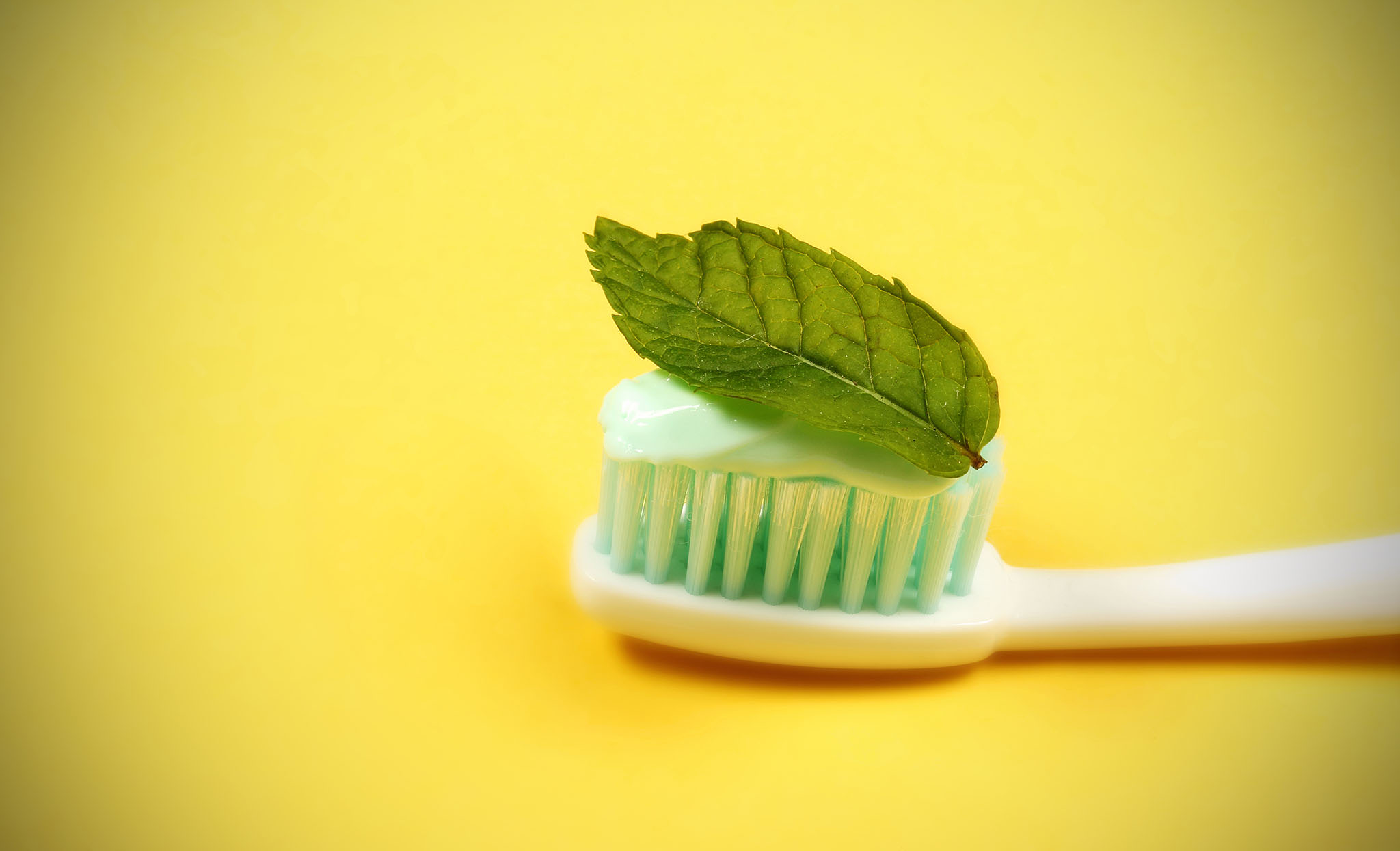Toothpaste Buying Guide

Conventional Toothpastes
Most conventional toothpastes in the market include chemicals that are harsh to the teeth and gums or have in general toxic ingredients for the body. While these chemicals may make toothpaste “feel smooth” or “taste good” or “help to whiten teeth” or “coat the teeth to prevent decay”, these chemicals are unhealthy overall. Toothpaste companies will not share the truth of these potentially harmful chemicals with you.
Here are some chemicals that might be in your toothpaste:
- Aluminum Hydroxide
- Aspartame
- Carrageenan
- DEA (diethanolamine)
- Flavorings
- Food Coloring
- Formaldehyde-releasing Preservatives
- Parabens
- Potassium Sorbate
- Propylene Glycol
- Sodium Benzoate
- Sodium Lauryl Sulfate
- Sodium Saccharin
- Titanium Dioxide
- Triclosan
If you lookup you these ingredients you will know some of their harmful effects.
If you wanted to use toothpaste, be aware of the ingredients on the label. There are a few brands that can state they are Made With Organic Ingredients, which means that 70% of their ingredients are Certified Organic, excluding water and salt. There are very few that may claim they are Organic and would be allowed to use the USDA Organic Seal, which means that 95% of their ingredients are Certified Organic, excluding water and salt.
Alkalizing tooth paste: Use Mineralizing Toothpaste
There are few fluoride-free toothpaste with clean ingredients that are relatively economical. Second, if you’re looking to save a buck or two and also want to remineralize your teeth try making your own Homemade Remineralizing Toothpaste:
- 4 tablespoons coconut oil
- 2 tablespoons baking soda (aluminum-free)
- 1 tablespoon xylitol or 1/8 teaspoon stevia
- 20 drops peppermint or clove essential oil
- 20 drops trace minerals or (calcium / magnesium powder)

